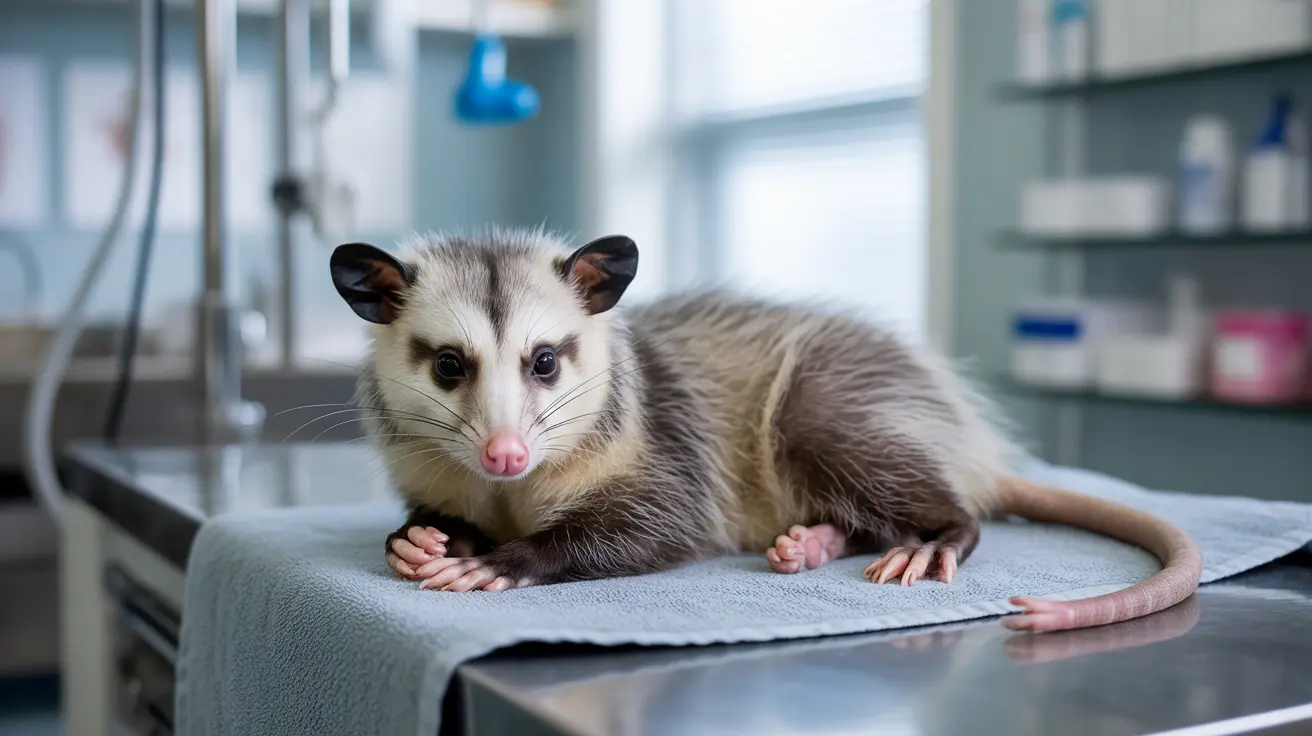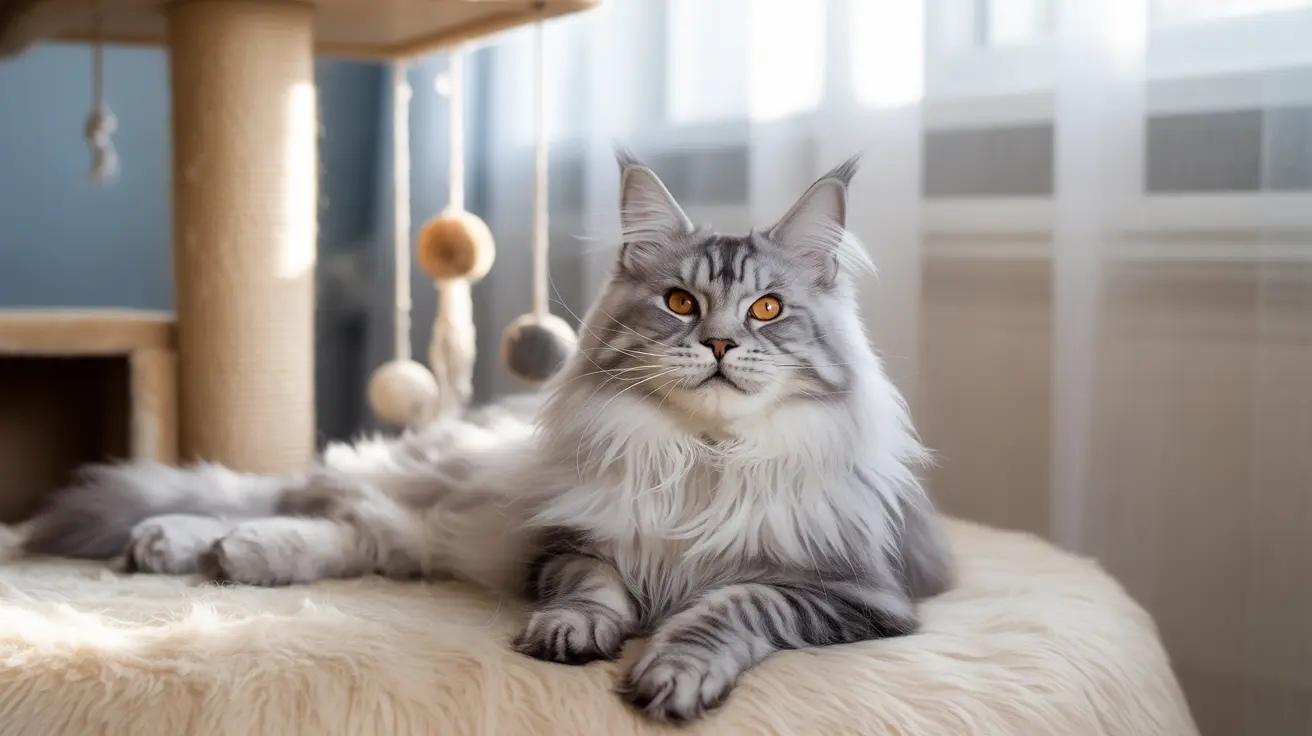Stomatitis in cats is a severe and painful inflammatory condition affecting the soft tissues of the mouth that requires immediate veterinary attention. This comprehensive guide will help you understand the causes, symptoms, and treatment options available for this challenging feline condition.
As a chronic oral disease, stomatitis can significantly impact your cat's quality of life, making everyday activities like eating and grooming extremely difficult. Understanding this condition is crucial for early detection and successful management.
Understanding Feline Stomatitis
Stomatitis in cats, medically known as feline chronic gingivostomatitis (FCGS), is characterized by severe inflammation of the oral tissues. This condition goes beyond simple gum disease, affecting the entire mouth, including the cheeks, tongue, and throat.
The condition causes intense pain and discomfort, leading many cats to avoid food despite being hungry. This painful condition can significantly impact your cat's overall health and well-being if left untreated.
Common Causes and Risk Factors
While the exact cause of stomatitis remains unclear, veterinary experts believe it stems from an overactive immune response to oral bacteria and plaque. Several factors can increase your cat's risk of developing this condition:
- Viral infections (FIV, FeLV, calicivirus)
- Genetic predisposition
- Dental disease and plaque buildup
- Compromised immune system
- Environmental irritants
Recognizing the Signs
Early detection is crucial for managing stomatitis effectively. Watch for these common symptoms:
- Excessive drooling (may contain blood)
- Bad breath
- Difficulty eating or refusing food
- Pawing at the mouth
- Decreased grooming
- Weight loss
- Behavioral changes
- Red, swollen gums
- Visible oral ulcers
Diagnosis Process
Veterinarians typically diagnose stomatitis through a combination of physical examination and diagnostic tests. The process may include:
- Comprehensive oral examination
- Dental X-rays
- Blood tests
- Viral screening
- Tissue biopsy in some cases
Treatment Options and Management
Treatment for stomatitis in cats typically follows a multi-faceted approach. The most effective treatment options include:
Conservative Management
- Anti-inflammatory medications
- Pain management
- Antibiotics when necessary
- Regular dental cleaning
Surgical Intervention
Full-mouth tooth extraction is often considered the gold standard treatment, particularly in severe cases. While this may sound extreme, many cats experience significant improvement after the procedure and can eat normally once healed.
Ongoing Care
Post-treatment care may include:
- Soft food diet
- Pain medication
- Regular veterinary check-ups
- Immune system support
- Environmental stress reduction
Frequently Asked Questions
What are the typical signs and symptoms of stomatitis in cats that I should watch for?
The most common signs include excessive drooling, difficulty eating, pawing at the mouth, bad breath, and visible red or ulcerated areas in the mouth. You may also notice decreased grooming and weight loss.
What causes stomatitis in cats, and are certain cats more at risk of developing it?
While the exact cause isn't fully understood, it's believed to be an overactive immune response to oral bacteria. Cats with viral infections (FIV, FeLV, calicivirus), certain breeds, and those with compromised immune systems are at higher risk.
How do veterinarians diagnose stomatitis in cats, and what tests might be involved?
Diagnosis typically involves a thorough oral examination, dental X-rays, blood tests, and viral screening. In some cases, tissue biopsies may be necessary to rule out other conditions.
What are the treatment options for feline stomatitis, and is tooth extraction necessary?
Treatment options range from medical management (anti-inflammatories, antibiotics) to full-mouth tooth extraction. While extraction sounds dramatic, it's often the most effective long-term solution for severe cases.
How can I manage and prevent stomatitis in my cat to maintain their oral health?
Regular dental care, including professional cleanings and at-home oral hygiene, can help prevent stomatitis. Early detection and treatment of dental issues, along with maintaining good overall health, are crucial for prevention.
Conclusion
While stomatitis in cats can be a challenging condition to manage, understanding its signs and seeking prompt veterinary care can lead to successful treatment outcomes. With proper care and attention, affected cats can return to living comfortable, happy lives, even after extensive dental procedures.






